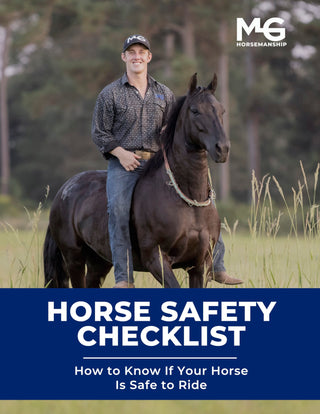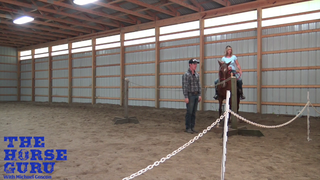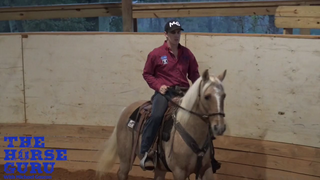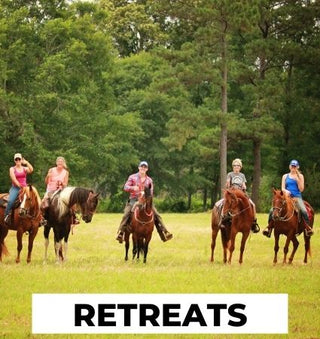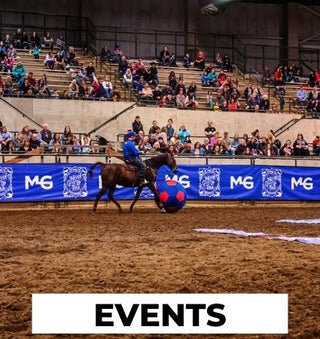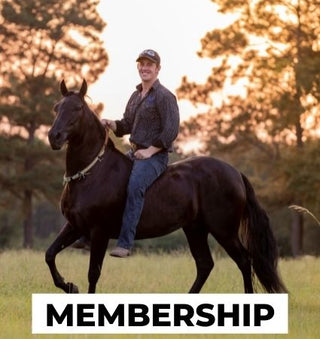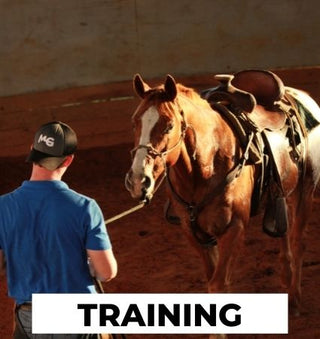Watch the Video Here or continue reading below!
Temper tantrums aren’t just for kids—horses can have them too. Bucking, rearing, running backward, kicking, or refusing to move are all signs your horse is throwing a fit. The good news? With the right horsemanship skills and groundwork preparation, you can quickly turn that meltdown into a learning moment.
In this guide, we’ll break down why horses throw temper tantrums, how to prevent them, and the exact steps you can take to regain control and redirect your horse’s focus.
Understanding Horse Temper Tantrums
Why They Happen and What They Mean
A horse’s temper tantrum is a direct reflection of a hole in their training foundation. Just like children, horses test boundaries. If they’ve learned they can get away with certain behaviors—whether it’s bucking, bolting, or refusing cues—they’ll use those tactics when they’re frustrated or confused.
Many temper tantrum issues can be traced back to a lack of consistent groundwork and respect training. Without a strong “respect series” in place, your horse doesn’t have the mental and physical discipline needed to handle pressure or redirection.
The Role of Groundwork in Preventing Tantrums
Laying the Foundation for Respect and Focus
Before you can handle a tantrum in the saddle, you need control on the ground. A solid groundwork program—especially one that works through the respect series—prepares your horse to respond to your cues calmly, even under stress.
Key groundwork skills include:
-
Backing up promptly when asked
-
Moving the hindquarters and forequarters independently
-
Yielding to pressure from both rein and leg cues
-
Maintaining focus without getting distracted by their environment
When these skills are second nature, you have the tools to instantly regain your horse’s attention when emotions start to rise.
Redirecting Your Horse During a Tantrum
Turning Frustration into Focus
The fastest way to end a temper tantrum is to shift your horse’s focus onto something that requires their full attention—especially something they’re not good at. Why? Because both people and horses must concentrate fully on tasks they haven’t mastered, leaving no mental space for acting out.
For example, you can:
-
Back them up quickly—faster than they’re comfortable with
-
Disengage the hindquarters—move their hips around until they’re light and responsive
-
Send them in circles—keeping the inside hind leg stepping under their body
-
Side pass from the ground—adding difficulty to focus their mind
These exercises not only interrupt the tantrum but also reinforce your leadership.
Why Doing What They “Suck At” Works
The Power of Challenging Your Horse
If your horse excels at a task, they can do it on autopilot. But when you ask for something they find challenging, they have to shift their attention entirely to you to figure it out.
For example:
-
A horse that loves to run forward may struggle with controlled backing—use that to your advantage.
-
A horse that resists moving sideways may find a side pass mentally demanding—this will break their tantrum mindset.
The goal is not to punish, but to engage their brain so the tantrum loses its purpose.
From Meltdown to Partnership
Consistency is the Key
Dealing with horse temper tantrums is not about overpowering them—it’s about redirecting their mind, maintaining respect, and providing clear leadership. The more time you spend perfecting groundwork, the faster you can bring your horse back from an emotional moment to a focused, willing partner.
With consistent training and the right redirection techniques, you’ll find tantrums becoming less frequent and less intense, replaced by trust, focus, and respect.



